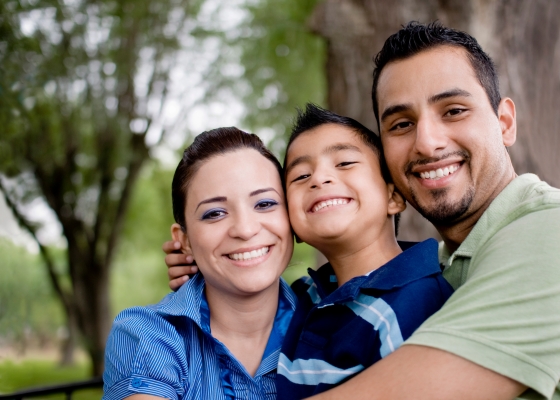“A record 40% of all households with children under the age of 18 include mothers who are either the sole or primary source of income for the family.” – Executive Summary, “Breadwinner Moms”
“Breadwinner Moms,” a recently released report from Pew Social & Demographic Trends, suggests, on its face, that gender equality in the labor force is perhaps closer than advocates for women’s rights would have us believe. The authors note that, as of 2011, “a record 40%” of households with children had mom as the primary breadwinner, up from 11% in 1960. There are a number of large-scale social and economic issues reflected in these seemingly straightforward numbers—changing household structures and trends in family formation; increasing female participation in higher education and the labor force; rising costs of living and stagnant wage growth that necessitate multiple earners within a family; and the lingering effects of the recession on labor market participation.
Moving beyond the initial “40%” number shows that there are really two populations being discussed: (1) single mother families and (2) married couple families in which the wife earns more than her husband. Using the term “breadwinner” with respect to women in single-mother families belies the economic realities of their situation. Single moms are the only potential earners in the family; many earn low (or no) wages and rely on public assistance to get by. This topic will be explored in greater depth in Virginia by Annie in our next blog post.
Discussions of the second population, married couples with “breadwinning” wives, gloss over problematic economic issues underpinning this shift, such as the disproportionate impact of the recession in male-dominated industries like construction and manufacturing. While two earner families may create new challenges at home, such as negotiating child care and housework, and yield divergent opinions on what’s best for children, they also reflect a basic economic reality for many American families: one income is not enough. I was also troubled by the use of the term “breadwinner”—traditionally used to describe a household in which a single earner is able to support the entire family unit—to describe two earner households in which one partner is earning more than the other. Moreover, the wage gap between husbands and wives was never made clear; how much more are these “breadwinning” moms actually earning compared to their husbands? Let’s take a quick look at the 2011 American Community Survey data for Virginia.
Continue reading →
 In his 2014 State of the Union address, President Obama called on Congress to “give American a raise” by increasing the federal minimum wage. For the second year in a row he argued “that in the wealthiest nation on earth, no one who works full time should have to live in poverty”. Even with the presidential priority of raising the Federal minimum wage, the 2014 House bill was voted down. In spite of this, many states and cities have opted to raise the basic hourly wage independent of the federal government.
In his 2014 State of the Union address, President Obama called on Congress to “give American a raise” by increasing the federal minimum wage. For the second year in a row he argued “that in the wealthiest nation on earth, no one who works full time should have to live in poverty”. Even with the presidential priority of raising the Federal minimum wage, the 2014 House bill was voted down. In spite of this, many states and cities have opted to raise the basic hourly wage independent of the federal government.



